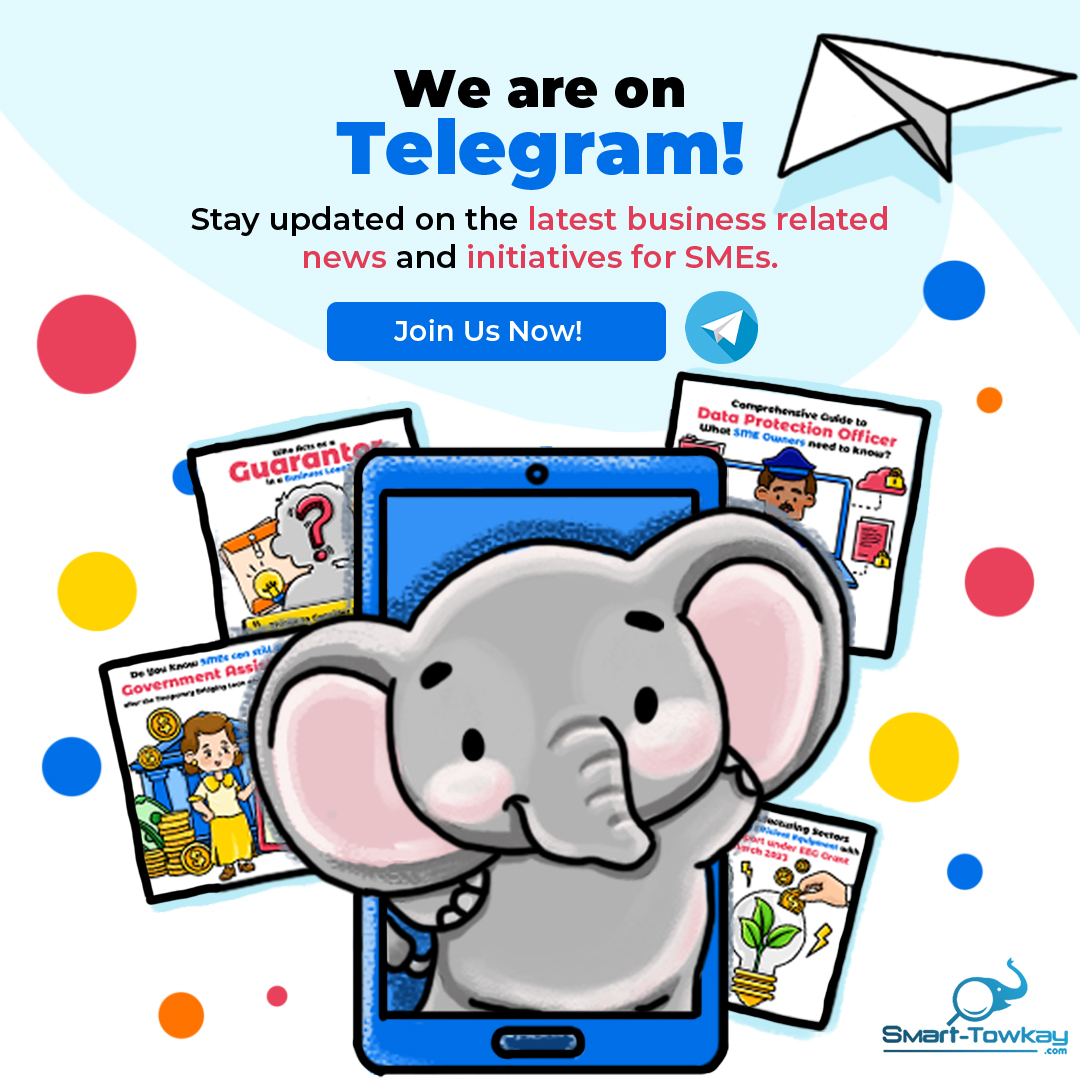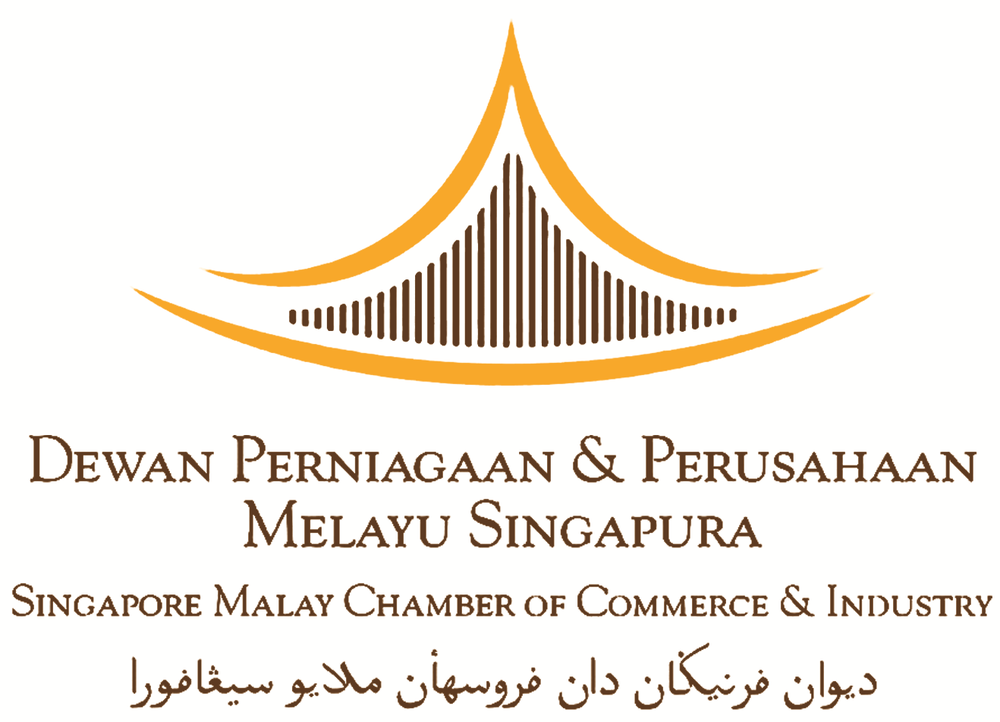- Real CBS Makeovers: 3 Case Studies of SME Owners Who Turned Bad Credit Around
- Ask SmartLend: Why Did My SME Loan Get Rejected?
- Introducing SmartLend Concierge: A Helping Hand for SME Loans
- Legal Ways to Lighten Your Company’s Tax Burden in Singapore
- A Wake-Up Call on Director Duties: The Envy Saga and Other Cautionary Tales in Singapore
- Surviving Cash Flow Crunch: How SMEs Can Use Short-Term Financing Wisely
- Unmasking Business Loan Fraud: How Syndicates and Rogue Brokers Game Singapore’s Lending System—and How AI Can Stop Them
- From Rejection to $60K Approval in 3 Days: How a Fishing Pond Business Got Funded Despite a Flawed Credit Report
- Lender Spotlight: How Poss Capital and SmartLend Partnered For Singapore SMEs
- Which Lender is Right for Your Business in 2025? Banks, Money Lenders, or Alternative Finance
Digitisation and Digitalisation, What’s the Difference?

Almost a year into the current global pandemic, an unprecedented health crisis that also plunged the global economy into the worst recession since World War II, it seems there are two things everyone agrees on.
The first is that it is extremely difficult right now for businesses to survive, especially SMEs. A quick look at the long list of large to mid-sized chain businesses in Singapore that have closed down thanks to Covid-19, some with long and illustrious histories, will show just how devastating the economic situation is.
The second thing that seems to be universally agreed upon is that for any enterprise to have any chance of survival, they must adopt a digital approach to business. Technological development is the key. One must adopt digital solutions.
We must embark on a digital revolution/evolution/transformation/metamorphosis/transmogrification [Towkay: That’s enough. You know big words, we get it].
But what does that necessarily mean?
The common terms that are used to describe processes which businesses must adopt to begin said transformation are digitisation and digitalisation. They are often used interchangeably by people who perhaps do not understand what they represent. The two terms actually refer to wholly different concepts of adopting technology, but with the common aim of improving one’s business.
Digitisation: Doing the Same Things with the Help of Technology
Digitisation is the process of converting information into digital form. This means converting anything, from physical papers to cassettes or DVDs to camera films, into digital data that can be uploaded and viewed on a computer. By extension (and this is where most of the advantages lie), they can then be made accessible online.
For the most part, businesses have been going through digitisation for at least the past decade, so this process should be more widely familiar. In the process of digitising, many companies have experienced the many advantages it confers.
Digital data is highly searchable, quickly accessible, and easily transferable. This will save businesses a lot of time and money in managing their business, helping to streamline operations while also reducing costs. The advent of cloud computing technology has also brought about instant and virtually universal access to information, rapid analysis, project management and collaboration, time tracking etc.
All these make work much more productive and efficient while providing significant cost reductions from not needing as much personnel strength, storage, or transportation.
All in all, digitisation is about using technology to improve existing work operations; there is no inherent change to the business model.
Digitalisation: Using Technology to Do Things Differently
Digitalisation can be considered to be a more advanced step since it rarely happens without the business having gone through some form of digitisation first. What it essentially is, is to use technology to generate new ways of doing business.
By giving both customers and potential customers a digital experience, digitalisation allows business to enable automation (at least to a certain extent), collect data, and structure all that data in such a way that advanced technology, such as better and smarter software, can be used.
In doing so, businesses receive new insights as well as new methods into how they can expand into new markets, offer new products, and appeal to new customers. That’s a lot of new stuff. And it is precisely in accomplishing so many new things that these businesses thrive.
An obvious example of this is for a business to set up a website in order to sell their products or services online. The business is now able to track a lot of data regarding its website traffic, an analysis of which may lead to a new business or marketing strategy. There is also now a central platform to market on social media, increasing more online outreach. More advanced technical tools can then be added, such as automated emails or chatbots.
Ways with which to use digital technology to innovate are almost non-exhaustive. It is arguably not simply a new way of doing business, but an entire paradigm shift with regard to the very nature of doing business itself.
The Need for Digital Transformation
Whatever the distinctions between them, it is clear that digitisation and digitalisation are both immensely vital for businesses to stay relevant in the modern age. A truly digital business requires not only the digital conversion of its processes, but also the adaptation of its business operations to take advantage of the possibilities which stem from new technology.
There is no doubt that adopting digital technology is the way forward. It has even been claimed that businesses who do so see their profit margins rise by up to 26 per cent compared to those that continue to implement traditional business approaches.
That is not to say that there aren’t any obstacles in the way. The costs of digitisation and digitalisation can be exorbitant. Global spending on these processes was estimated to reach US$1.97 trillion in 2019.
Moreover, while people are becoming increasingly tech-savvy, not everyone is equipped with the same competence and knowledge. Training employees on how to conduct the business’ operations with new digital tools and processes can also be a challenging and resource-sinking undertaking.
To that end, the Singapore government has introduced a litany of grants, subsidies and programmes to help local companies with their digitalisation efforts. These include:
Enterprise Development Grant (EDG)
The Enterprise Development Grant helps to offset qualifying costs for projects that help businesses grow and transform through adoption of technology and innovative processes.
Companies looking at upgrading their businesses, or exploring new areas of growth by tapping on automation and technologies can receive higher support of up to 80% until 30th September 2021, after which it will revert to up to 70%.
Productivity Solutions Grant (PSG)
The Productivity Solutions Grant supports companies in the adoption of pre-scoped IT solutions and equipment that enhances productivity and business processes.
It covers sector-specific solutions including the retail, food, logistics, precision engineering, construction and landscaping industries. Other than sector-specific solutions, PSG also supports adoption of solutions that cut across industries, such as in areas of customer management, data analytics, financial management and inventory tracking.
The higher support of up to 80% will be extended till 30 September 2021, and revert to up to 70% thereafter.
In light of the Covid-19 crisis, business continuity measures aimed at overcoming obstacles raised by the pandemic are also being covered by this grant, including the development of online collaboration tools, queue management systems, and temperature screening solutions.
In partnership with Infocomm Media Development Authority, the grant also includes laptop-bundled remote working solutions for eligible companies from 17 April 2020 till 31 December 2020.
Digital Resilience Bonus
The Digital Resilience Bonus (DRB) aims to uplift the digital capabilities of a broad base of enterprises, allowing businesses to adapt to new post-COVID norms and become more resilient. It does so by providing businesses with payouts of up to $10,000 if, by 30 Jun 2021:
1) They have adopted PayNow Corporate and e-invoicing; and
2) They have adopted a digital business solution for Business Processes, Digital Presence, as well as Data Mining and Analytics.
For a start, the DRB scheme will be focused only on the Food Services and Retail sectors as there is a greater urgency for businesses in said sectors to digitalise and adapt to the rapidly changing economy, especially as social distancing measures continue to be of paramount importance.
SMEs Go Digital
The SMEs Go Digital programme was launched by the Infocomm Media Development Authority (IMDA) to help SMEs use digital technologies and build stronger digital capabilities. Many support schemes are incorporated under it, including the aforementioned Digital Resilience Bonus.
For newly incorporated SMEs that just started business or are new to digital technology, the Start Digital Pack is another viable option. Out of 5 categories, an SME can pick 2 to adopt at no cost for at least 6 months. More information can be found here.
SkillsFuture Enterprise Credit
The SkillsFuture Enterprise Credit (SFEC) houses a whole line-up of supported programmes for enterprise transformation and workforce transformation. It bears exploring in detail for each different SME to fulfil various needs in different industries, but one way to make use of it could be to send employees on courses such as digital marketing. The SFEC can subsidise up to 90% of these training courses.
Also, if you’re a company with a clear tourism focus, The Business Improvement Fund (BIF) under the enterprise transformation segment of the SFEC supports projects in the same way that the EDG does (see above) except specifically for tourism companies.
Read also: 5 Government Initiatives for SMEs Hiring Local Workers 2020
Read also: COVID-19: Productivity Solutions Grant (PSG) For Companies Embracing IT Solutions in 2020
Read also: Corporate Income Tax Filing Season 2020: 6 Things SMEs Need To Know
-------------------------------------------------------------------------------------------------------
Not sure whether your company can be qualified for bank loans or alternative lending? Try our A.I assisted loan, and Smart Towkay team will send you a lending report within 24 hours' time. With the lending report, we aggregate and recommend the highest chance of approval be it with BANKS / FINANCIAL INSTITUTIONS or Alternative lenders like Peer to Peer Lenders or even B2B lender!
Got a Question?
WhatsApp Us, Our Friendly Team will get back to you asap :)
Share with us your thoughts by leaving a comment below!
Stay updated with the latest business news and help one another become Smarter Towkays. Subscribe to our Newsletter now!









.png)






